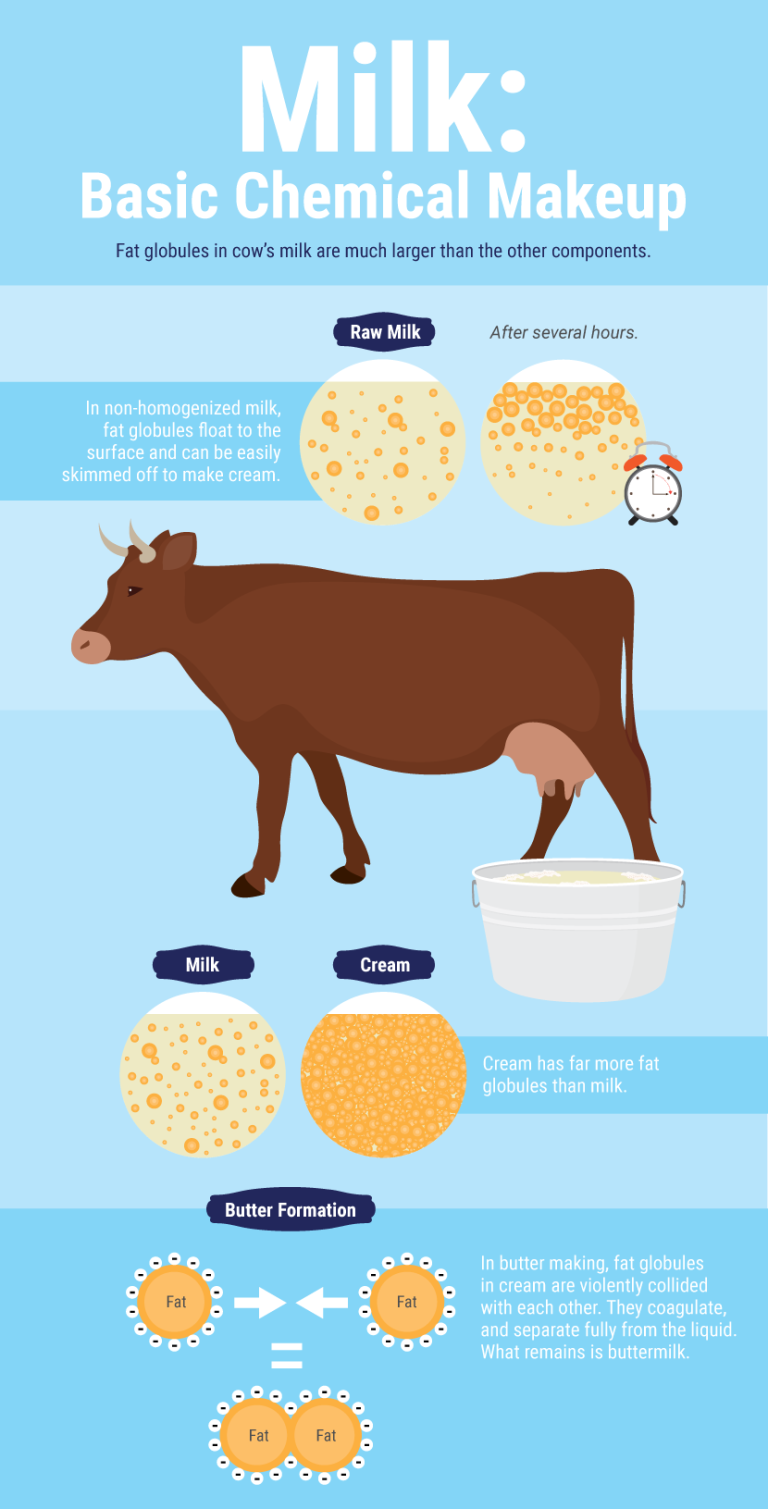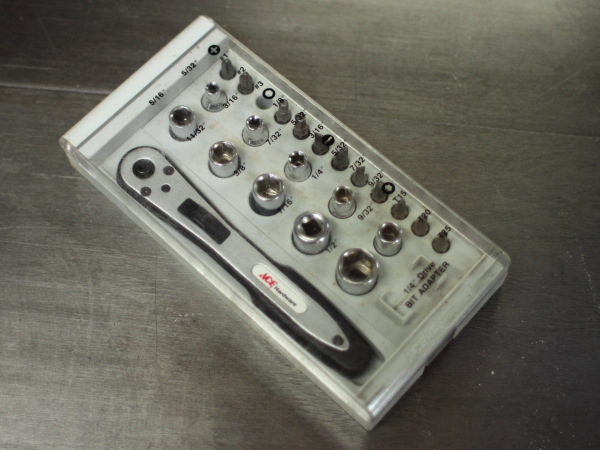Car braking system: How it works
The braking system is one of the most important elements of any vehicle, and keeping it in good working condition is essential, both for your safety and for the safety of third parties. Regular monitoring of the status of the elements that compose it, are essential to ensure the ideal conditions for a smooth driving.
What is a braking system?
It is a set of mechanical, electronic and hydraulic elements whose main objective is to slow down the rotation of the wheels and make them stop as soon as possible.
The two main components of the braking system are:
- Brake pads that allow you to slow down the wheel rotation at the level of the discs. The wear of a brake pad varies depending on the number of brakes and, consequently, the intensity.
- Brake discs are metal elements fixed to the wheel hub and are used to slow down the wheel in order to immobilize the vehicle.
How does the braking system work?
ABS brakes
During braking, ABS brakes prevent the wheel from locking and allow faster and less difficult immobilization for the driver. In addition, when one of the wheels of the car has any blocking trend, the system intervenes immediately and, in a few milliseconds, prevents the lock by reducing the braking pressure on the wheels.
The ABS system helps the driver maintain control of the vehicle, providing extremely precise and controlled braking

ABS Brakes VS Conventional Brakes
- Unlike conventional brakes, which are mechanical, ABS brakes are based on sensors controlled by an electronic system to avoid blockages and slips.
- Conventional brakes do not allow you to control the direction of the vehicle, even after emergency braking. The ABS system allows all this.
- With conventional brakes it is recommended to step on and release the pedal continuously to prevent blockage and slippage. ABS brakes allow the driver to step on the pedal until the car is completely immobilized.
- The braking distance is longer with ABS brakes compared to conventional brakes.
- The anti-lock mechanism allows the driver to maintain stability, grip, braking and steering wheel control. On the other hand, it allows the driver to move from obstacles more easily.
What is the importance of the braking system?
- The brakes, along with the tyres and shock absorbers, make up the vehicle’s safety triangle. Any failure in this field will compromise driving and increase the risk of accidents.
- They are the first element called to intervene in emergency cases. After pressing the pedal is activated the entire braking system, which has the function of acting immediately in order to immobilize the vehicle.
- The effectiveness obtained in the immobilization of the car is influenced by its components, that is, the more worn out they are, the less effective they are in situations that require the immediate immobilization of the vehicle.
Why should you change the brake system components?
- This system consists of several elements. However, brake discs and brake pads are the parts that suffer the most wear and tear, so they need more rigorous maintenance.
- When requested to immobilize the vehicle, it is only possible to ensure an immediate response if the brakes and all the components are in good condition.
How often should you check the braking system?
There is no determinate life time for the braking system, since its wear is influenced by the style and driving conditions practiced. However, on average and depending on the use given to the system, it should be replaced every 30,000 to 40,000 kilometers.
If you are showing any problems when braking the car, it is time to change a component and perform preventive maintenance on the car to increase the life of all components, to ensure the safety of all and, of course, to reduce long-term maintenance costs.
Follow us on Facebook and follow all the content we share daily.





